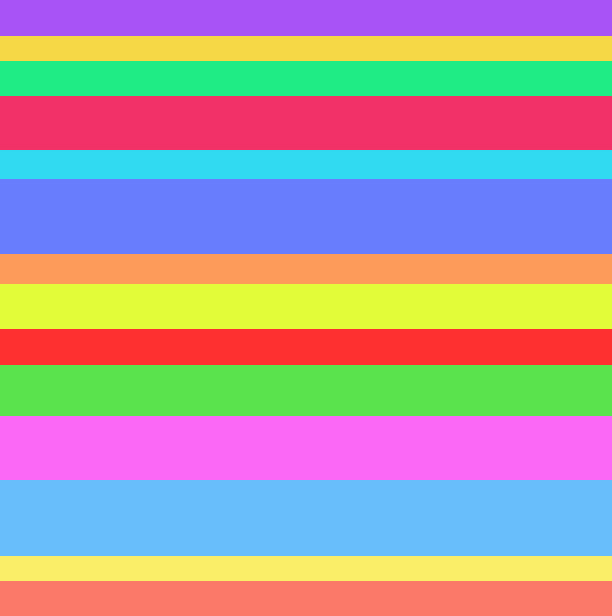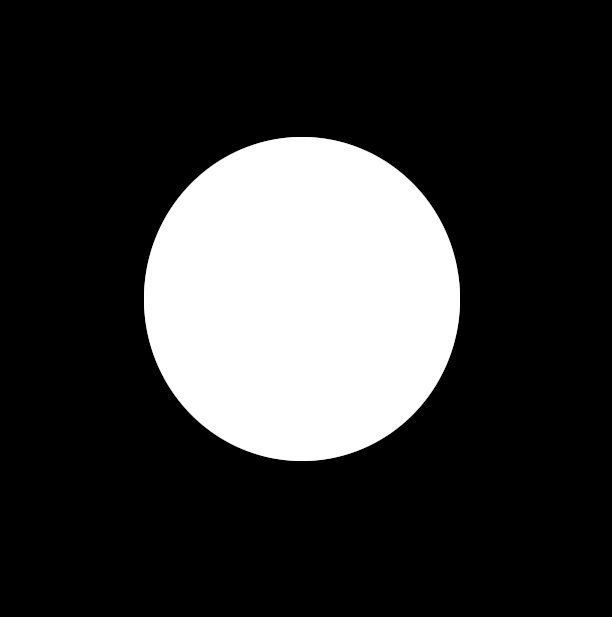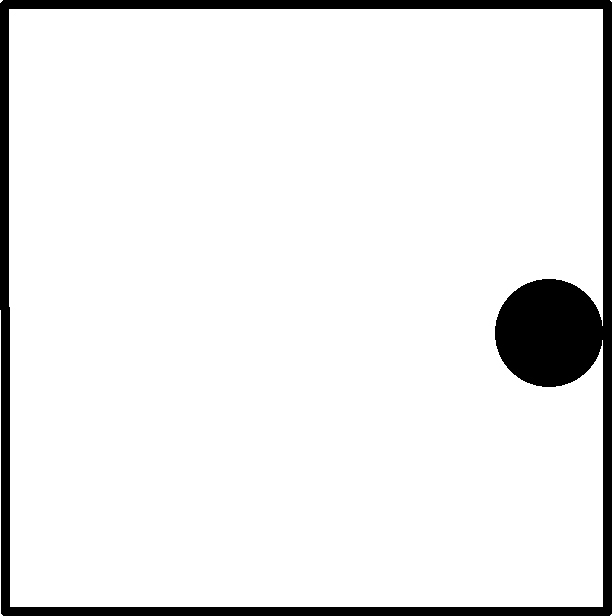Ana Petrović
visual artist
Non Red Carpet
dimensions variable, scotch tape, duct tape, crepe tape, 2015/2016
Necrveni tepih
dimenzije promjenjive, selotejp, izolir traka, krep traka, 2015./2016.
Protegnute boje, jedna pokraj druge čine nenamjernu paletu dostupnosti. Leže na ulazu u galeriju samo zbog toga jer se tu nalazi ulaz i zato što druga strana obojenog polja ima ljepilo. Trake su prikupljene u svojoj boji i dimenzijama u bauštelskim trgovinama, unutar selekcije trenutka: selotejp, krep traka, izolir traka, traka za zaštitu stakla i slično.
Prema standardima tržišta- slabo upotrebljivo. Vrijednost slike je određena materijalom a ovaj se ponaša poput prgavog školarca koji danas možda sluša učiteljicu a sutra već ne. I nije jedini. Rauschenbergov ”Krevet” iz 1955. odbija platno. No boja je još uvijek prisutna. Ako već nije na razvučenom lanenom platnu po drvenom ramu, onda na pamučnoj jastučnici, pokrivaču i plahti. Ovaj o kojemu pričamo nije napravio niti takvu uslugu: postupak dolaska do boje je u slikarskom limbu, niti jest, niti nije. Amorfno je to stanje, pokorno i uslužno prema publici. Dobar domaćin koji dočekuje publiku na ulazu u galerijski prostor, nimalo glamurozno crven. Kao u kazni, ali dostojanstvenog držanja.
Ako za Knifera antislika nastaje uporabom minimalnih slikarskih sredstava onda ovog našeg slabo opjevanog junaka se ne može staviti u kategoriju antislike. Slika koja je prešla u drugi medij ako nije napravljena kistom i bojom ne može biti slika. Ili, pobliže objašnjeno, u engleskom jeziku lako bismo odvojili ”picture” od ”image” gdje ”picture” pripada slici na platnu ali u rečenici ”God created man in His own image”- ”image” pretpostavlja ideju slike a ne nužno njezinu materijalizaciju i sigurno ne na platnu.
Materijalizirana ideja lijepe, ali siromašne dobrodošlice.
Colors, stretching side by side, make an unintended color palette of availability. Laid down at the entrance to the gallery only because the entrance is there and because there is glue on the other side of the colored surface. The tapes were collected in the colors and dimensions available in hardware shops at the given moment: scotch tape, duct tape, masking tape, insulating tape, glass protection tape and similar.
By market standards – hardly usable. The value of a painting is determined by the material, and this one acts like a snotty schoolboy who may be paying attention today but not tomorrow. And he’s not the only one. Rauschenberg’s “Bed” from 1955 renounces the canvas. But raw color is still there. If not on the linen cloth stretched over the wooden frame, then on the cotton pillow, blanket and sheet. The work we are talking about here does no such service: the process of attaining color is in painter’s limbo, it neither is nor isn’t. It is an amorphous condition, submissive and eager to serve the audience. A good host who greets the audience at the entrance to the gallery space, but not in glamorous red. As if it’s grounded, but keeps its head up.
If anti-painting for Knifer is created using minimal painting means, then this unsung hero of ours cannot be placed in the anti-painting category. An image that slipped into another medium as it wasn’t made with paint and paintbrush cannot be a painting. Or, more specifically, in English we could easily separate “picture” from “image” where “picture” belongs to the painting on canvas, but in the sentence “God created man in His own image” – “image” presumes the idea of a picture and not necessarily its materialization and certainly not on canvas.
A materialized idea of a beautiful, but scanty greeting ceremony.



